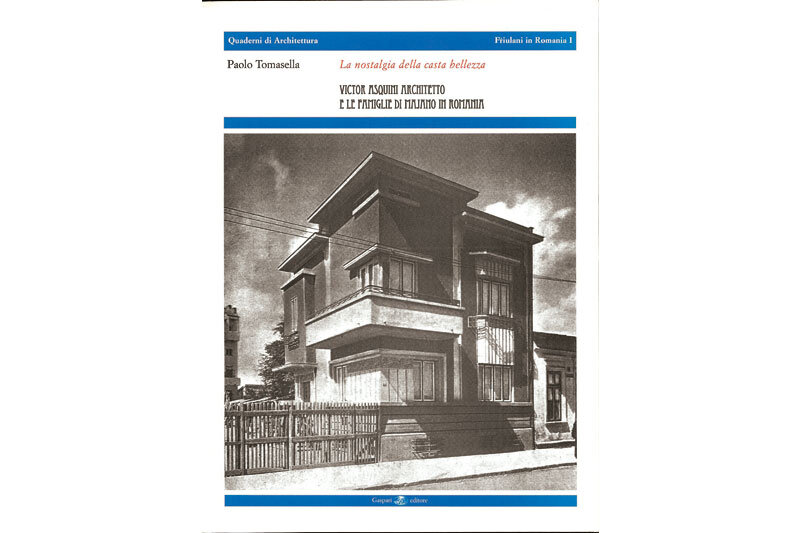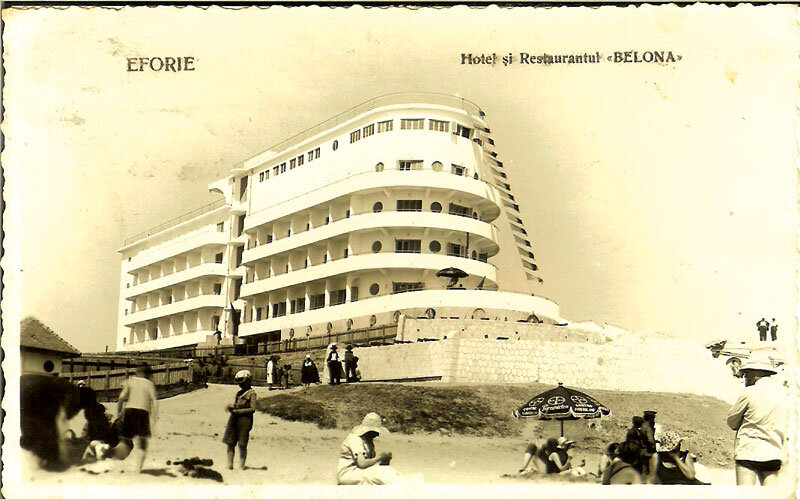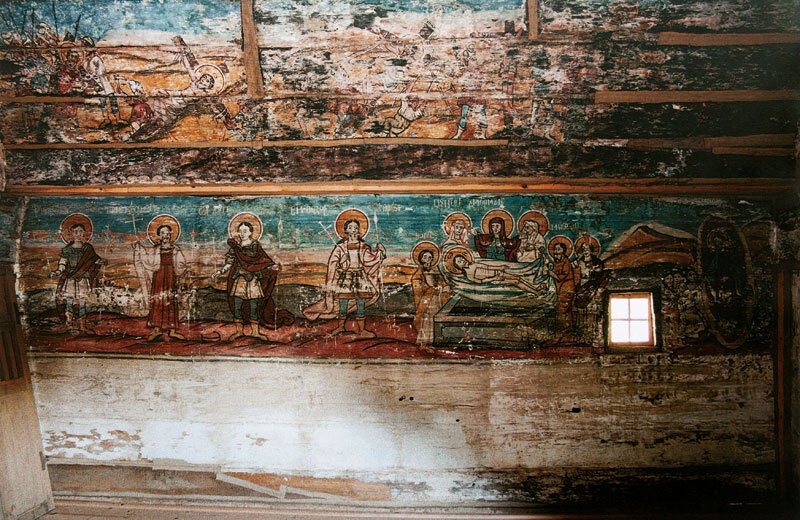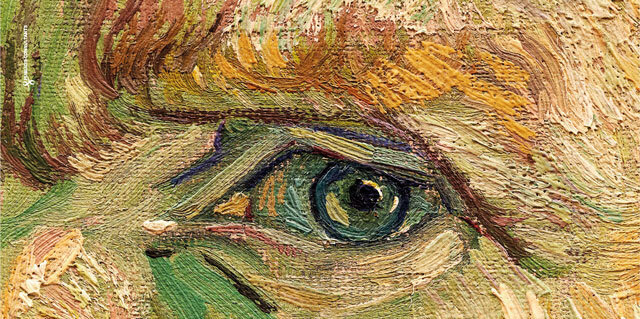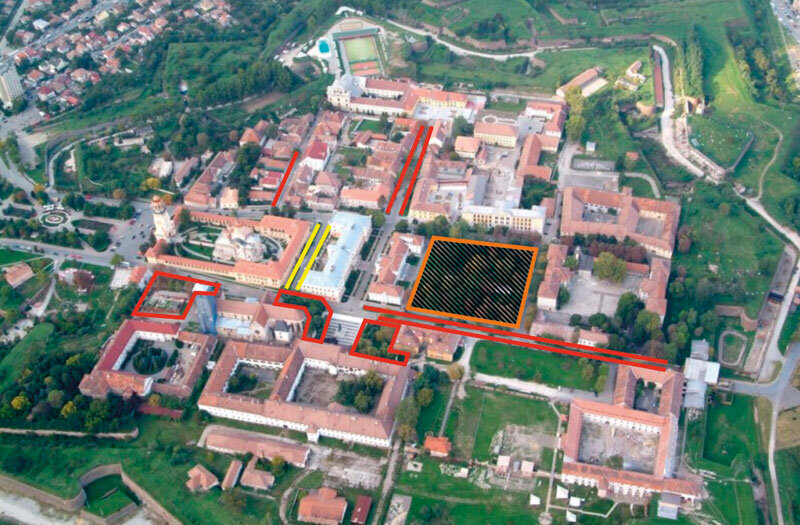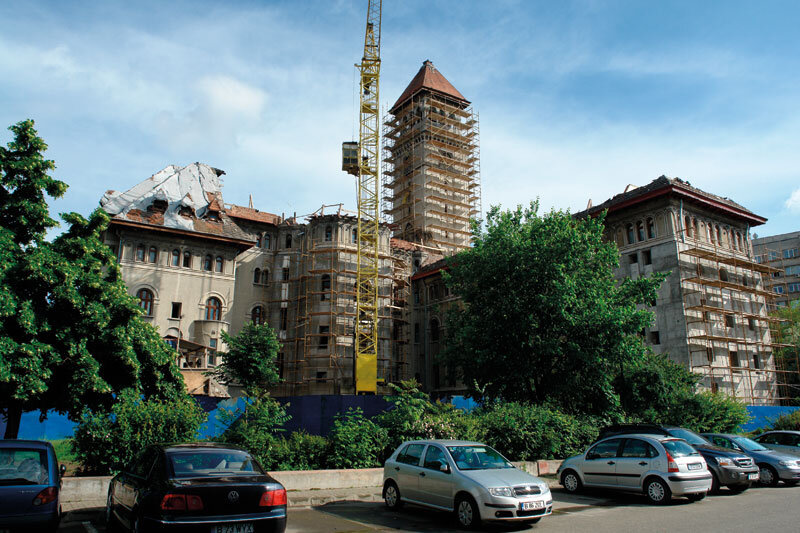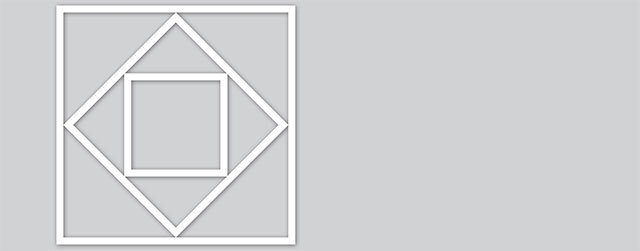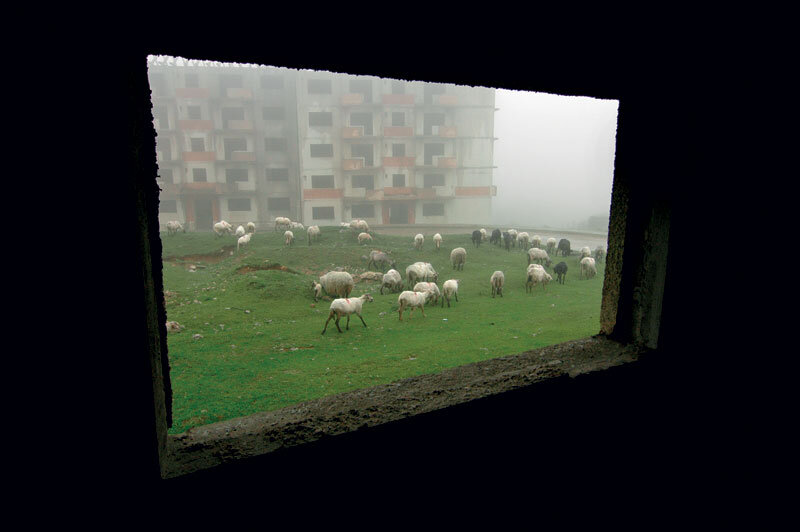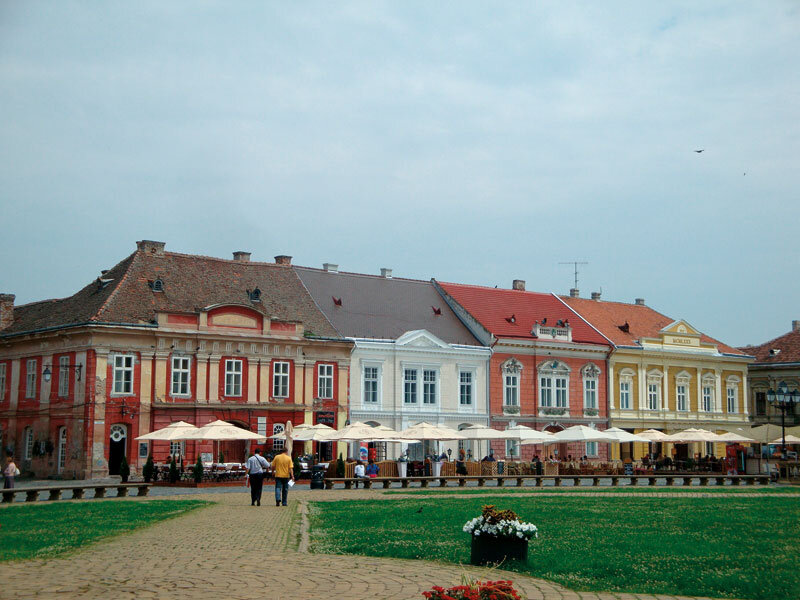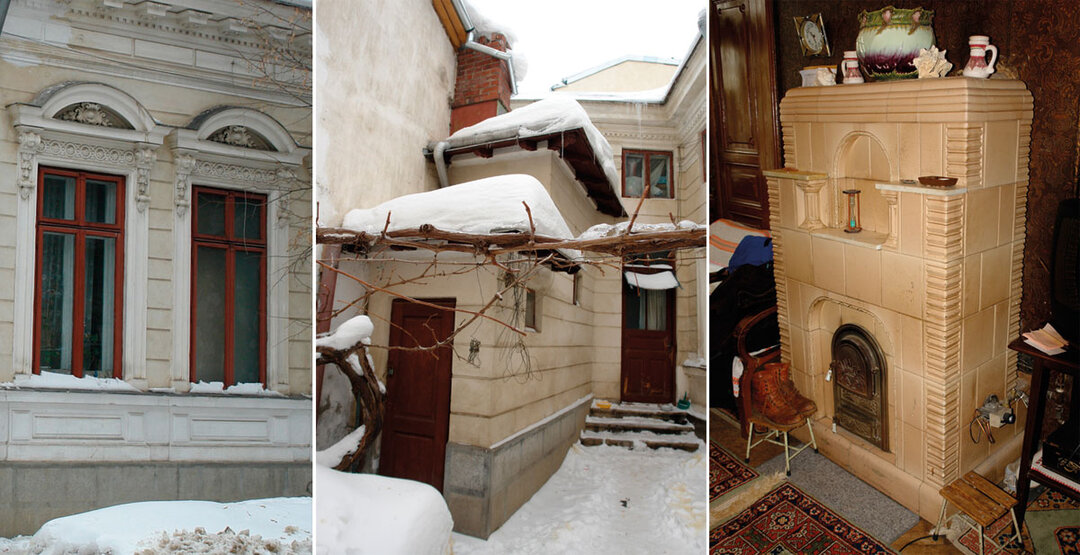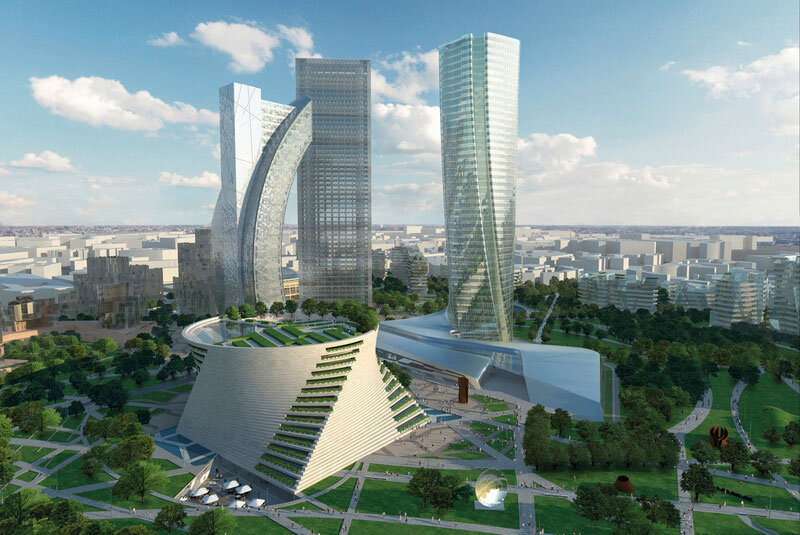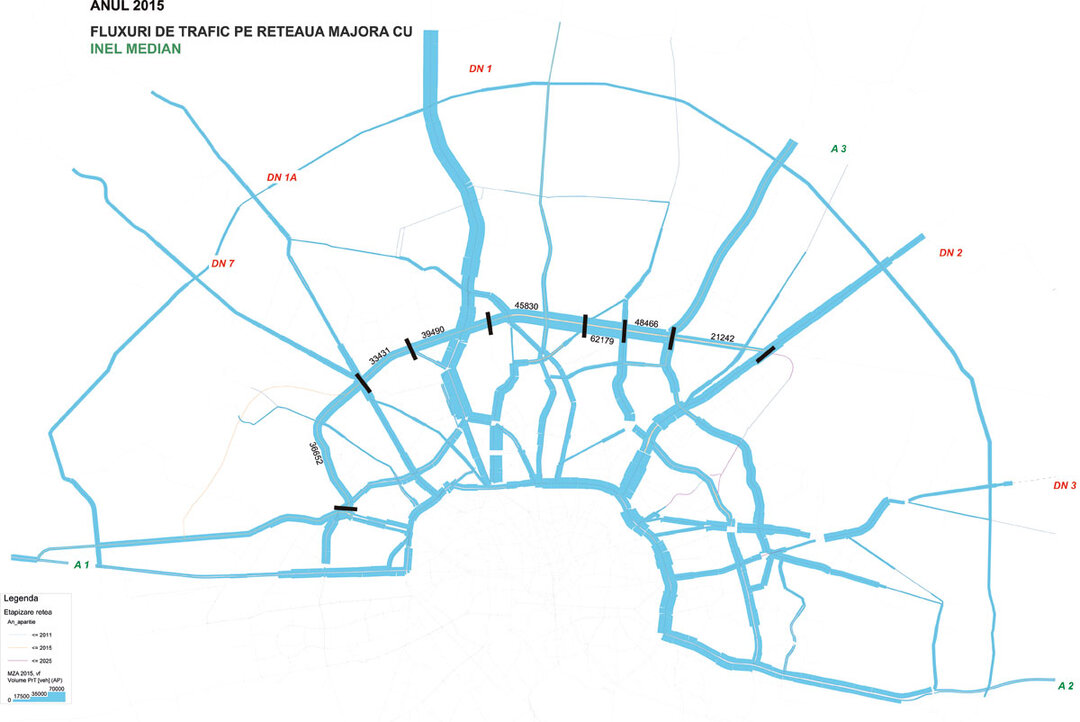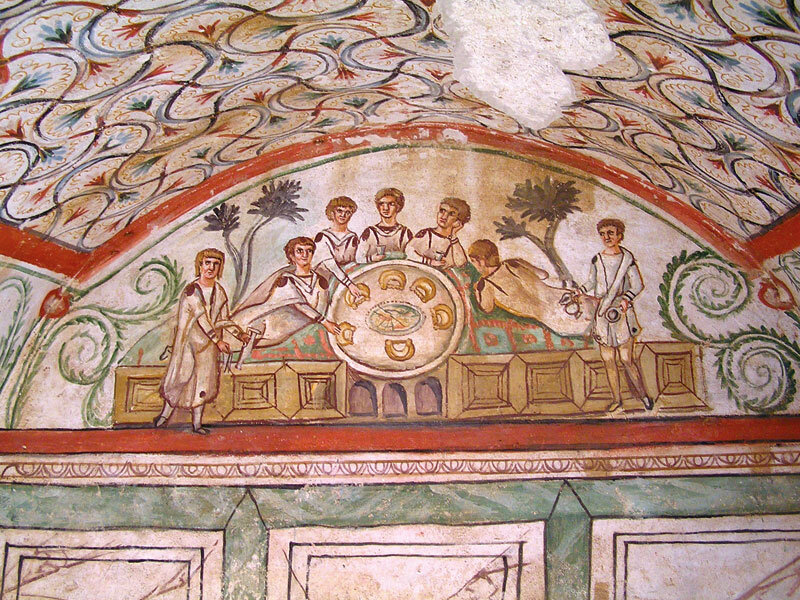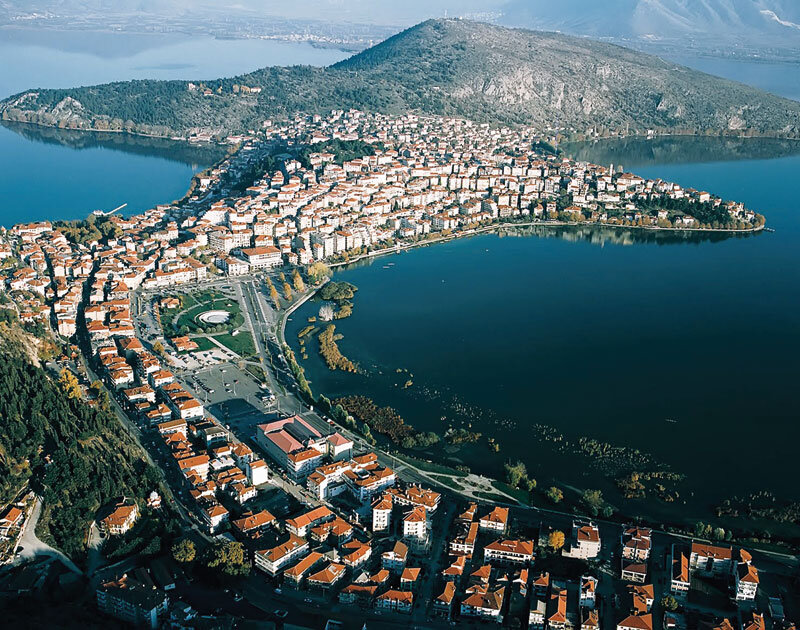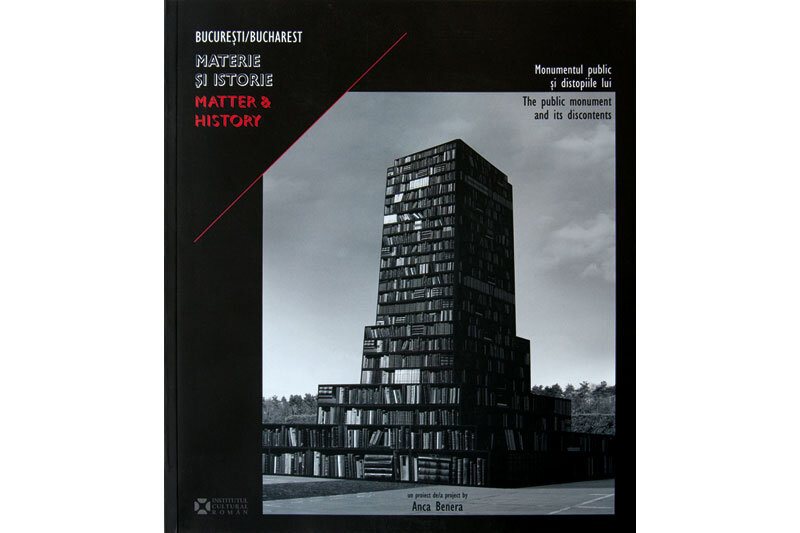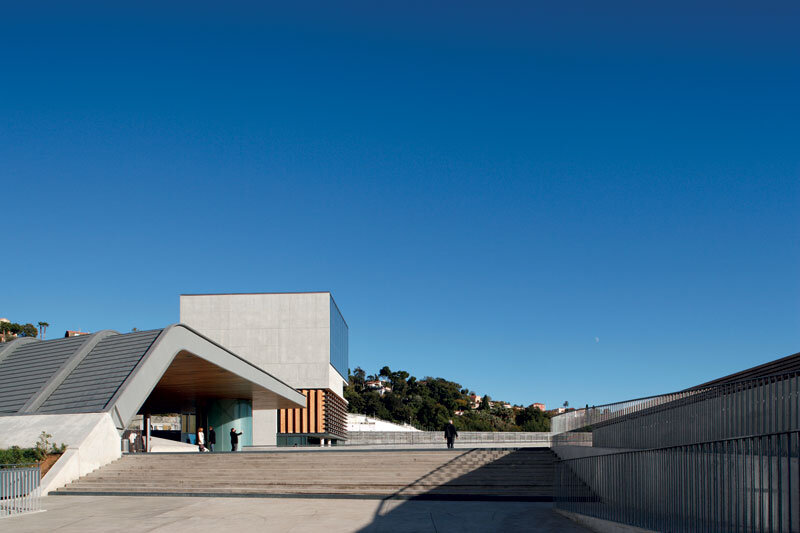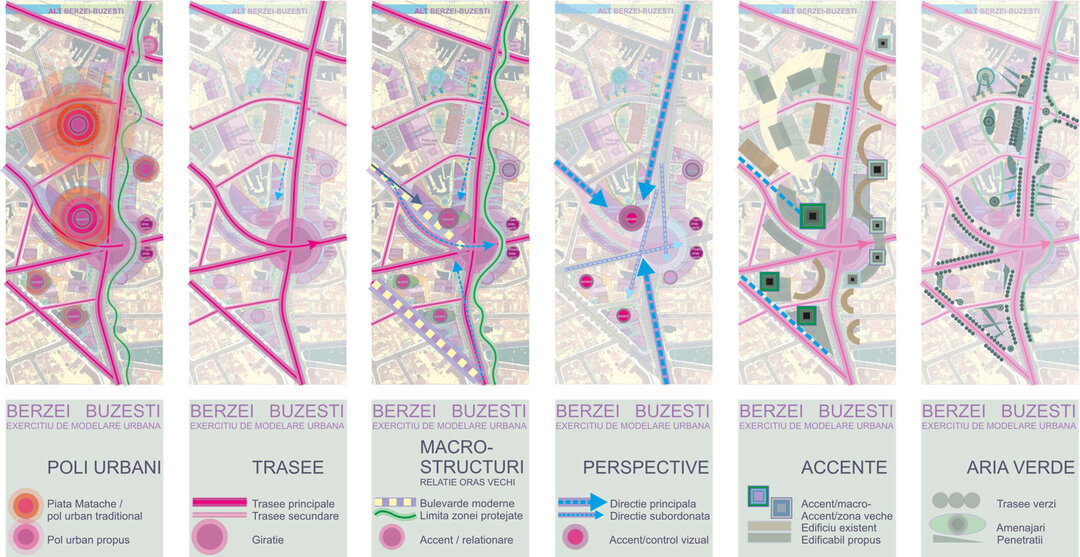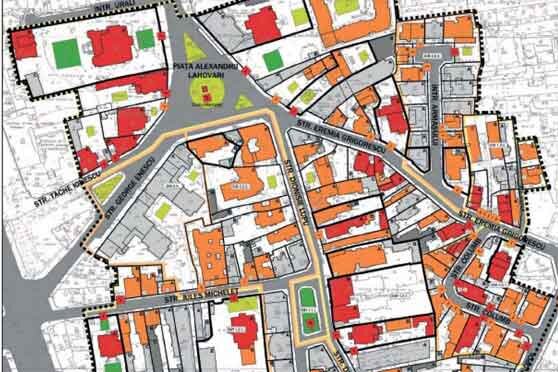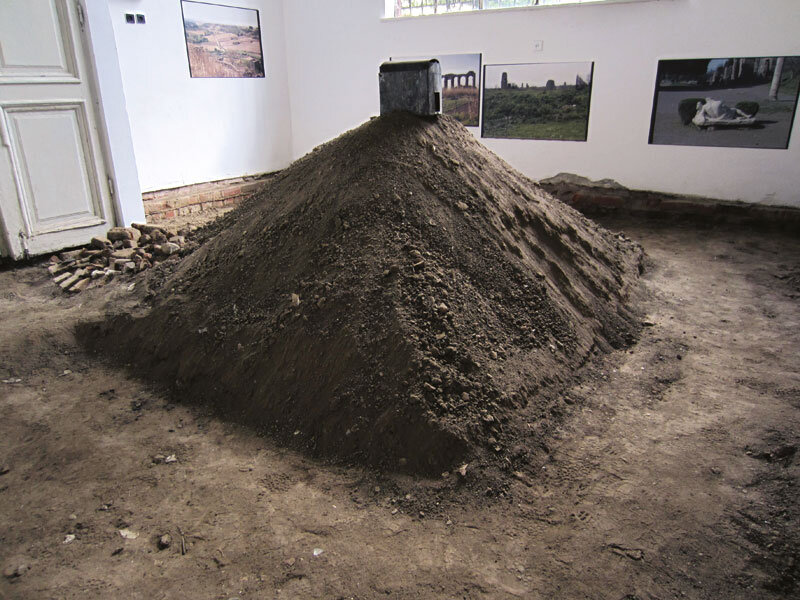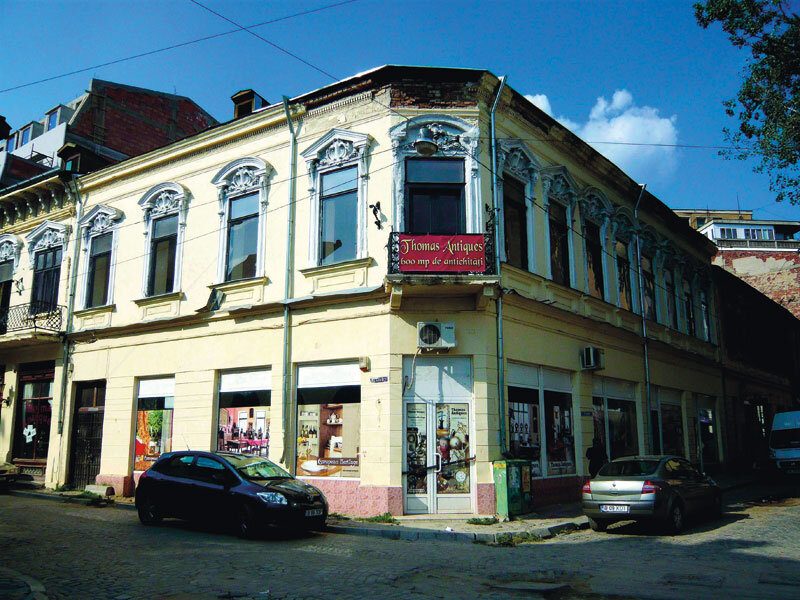
"Nostalgia for caste beauty". Architect Victor Asquini and Majano families in Romania
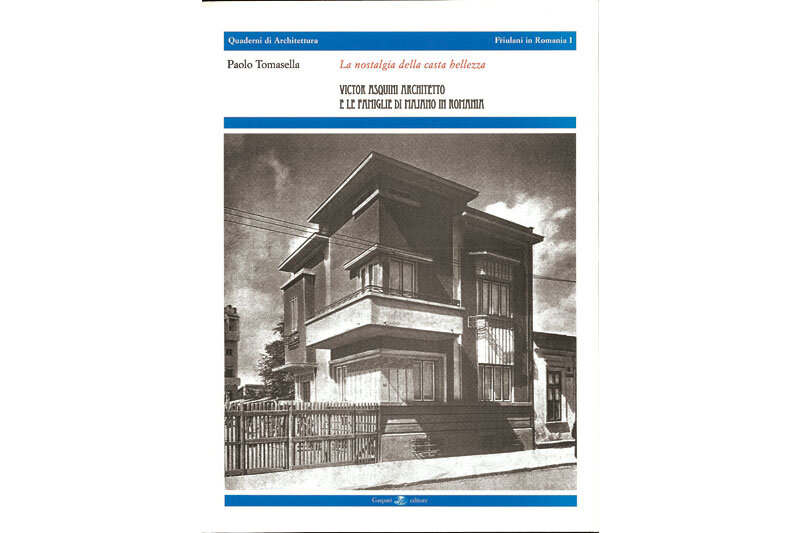
After the Congress of Berlin in 1878, many Venetian and Friulian workers decided to emigrate to Romania, attracted by the job opportunities that the new state could offer. Migration from the Italian regions to the Kingdom of Romania intensified after 1881 and became increasingly intense. The migration involved an as yet undetermined number of unskilled laborers, miners, wood-cutters, but also personalities who left clear, tangible evidence of their stay here. There is no shortage of small construction firms, builders and craftsmen, mosaic and tiling workers, architects and engineers, skilled and professional workers; in general, professionals who were lacking in Romania at that time. Many people came from various provinces, in particular from the Venetian province, which had just joined the Kingdom of Italy. During those years, the Romanian monarchy strove to catch up with the other European powers, constantly trying to encourage the creation of adequate infrastructure and increasingly committed to facilitating the completion of a series of public works that the country lacked.
Among those who settled in Romania, Victor Asquini (1892-1969), an architect of Friulian origin who worked in Bucharest, is of particular interest. During his career, he demonstrated valuable technical, architectural and publicistic skills, proving himself to be a unique interpreter of Romanian modern architecture of the early 20th century. In Bucharest, Victor Asquini designed a number of buildings (individual houses, villas and multi-storey blocks), primarily for private clients. These include the Rossi house built in 1932-1933 (demolished) and the Tabacu residence - same period. Both are a mixture of Art Deco, Modern and Mediterranean styles. They were followed by other buildings with special characteristics (Apostolescu residence, 1937-1938; Enculescu villa, 1939-1940; Pomojescu house, 1941-1942). The constructions attributed to him are characterized by the accuracy of the solutions, where geometric elements represented by classical motifs are combined with Art Deco.
Author of numerous technical articles that appeared in important magazines of the inter-war period (including "Arhitectura" and "Căminul"), Victor Asquini is known for the manual "Indicator Tehnic in Constructions. Technical Data, Organization of Works, Working Methods, Price Analysis", published in 1938. It is still considered topical, as it contains useful information on the various construction methods, the quality of the materials used, all accompanied by a careful price analysis.
* Paolo Tomasella (b. 1963) is an architect with architectural studies at Venice - IUAV. He completed his doctorate in Technical Architecture at the University of Trieste in 2001 and in 1999 he was a scholarship holder at the University of Architecture and Urbanism "Ion Mincu" in Bucharest. He has published numerous essays and contributions. The latest title is his third book on the subject.


